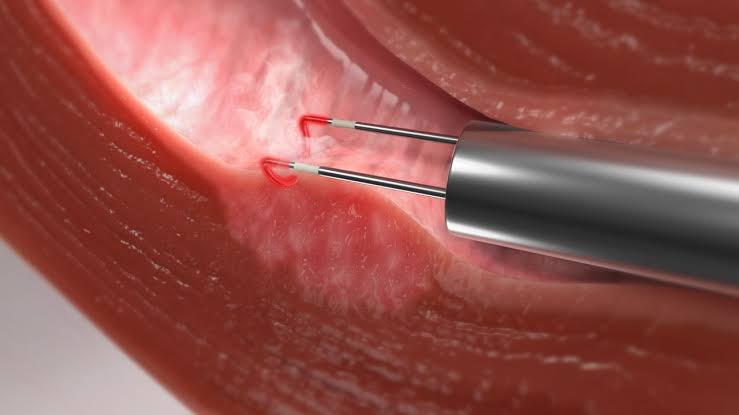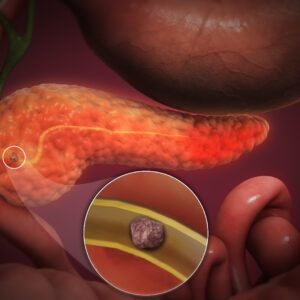Pancreaticoduodenectomy (Whipple Procedure)
Price range: ₹1,200.00 through ₹2,400.00
Learn Pancreaticoduodenectomy (Whipple Procedure) through our scientifically proven stepwise program. You can acquire this skill anywhere, anytime, without quitting your job and daily life.
Please read the Requirements and Commitments of each level before making a purchase. Ensure you meet the eligibility criteria to receive the product/service.
Description
The pancreaticoduodenectomy, often referred to as the Whipple procedure, is a complex surgery performed to remove the head of the pancreas, the duodenum, and surrounding structures. Here are the steps:
- Incision: The surgeon makes an upper abdominal incision to access the affected area.
- Isolation and Dissection: The surgeon carefully isolates and dissects the pancreas, bile duct, and blood vessels, including the portal vein and superior mesenteric artery.
- Pancreatic Head Resection: The head of the pancreas is removed, along with a portion of the duodenum.
- Reconstruction: The surgeon reconnects the remaining pancreas, bile duct, and remaining duodenum to the small intestine, allowing for the flow of digestive juices and bile.
- Revascularization: If necessary, the surgeon reconstructs blood vessels to ensure proper blood supply to the remaining organs.
Indications for Pancreaticoduodenectomy:
The Whipple procedure is primarily indicated for the treatment of the following conditions:
- Pancreatic Cancer: It’s the most common reason for performing a pancreaticoduodenectomy, especially when the tumor is located in the head of the pancreas.
- Ampullary Cancer: Cancers in the ampulla of Vater, where the common bile duct and pancreatic duct meet, may require this surgery.
- Bile Duct Cancer: When cancer affects the bile duct near the pancreas, a pancreaticoduodenectomy may be recommended.
- Chronic Pancreatitis: In severe cases of chronic pancreatitis, where the pain and complications are unmanageable, surgery may be considered.
- Neuroendocrine Tumors: Some types of neuroendocrine tumors in the pancreas may necessitate this procedure.
- Benign Tumors and Lesions: Rarely, benign tumors or precancerous lesions in the pancreas may require surgical removal.
Surgeons must master the Whipple procedure due to its vital role in treating pancreatic and periampullary malignancies. Precise execution of this intricate surgery is essential for patient survival and quality of life, making it a cornerstone skill in the arsenal of a surgeon.
Additional information
| Levels | Level-1, Level-2, Level-3 |
|---|
General Inquiries
There are no inquiries yet.







